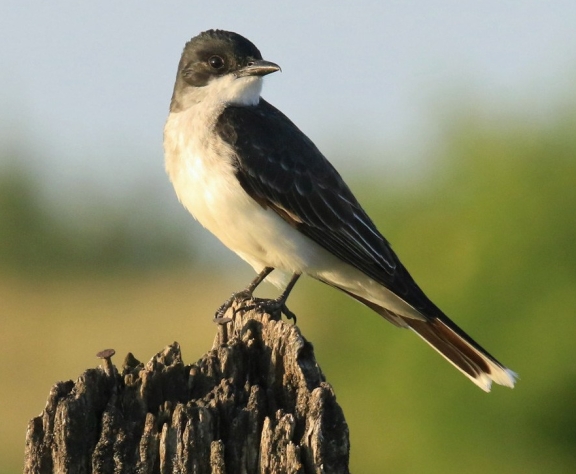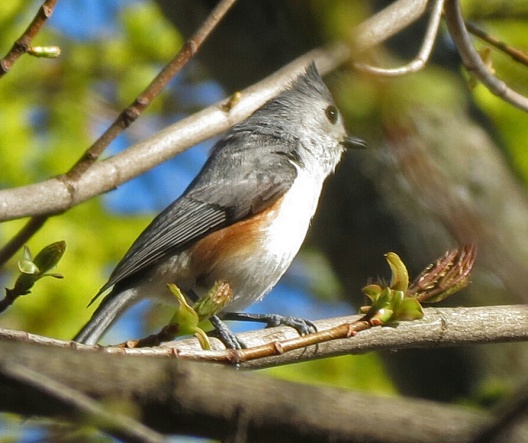Birding in May 2019 vs. May 2020 – not even close. Some numbers:
| May 2019 | May 2020 | |
| Ebird Checklists | 152 | 54 |
| Species Seen | 298 | 156 |
| Species in Washington | 85 | 156 |
| Shorebird Species | 24 | 12 |
| Raptors | 18 | 13 |
| Woodpeckers | 10 | 6 |
| Flycatchers | 15 | 9 |
| Vireos | 8 | 3 |
| Sparrows | 18 | 9 |
| Warblers | 35 | 8 |
| ABA Lifers | 2 | 0 |
| ABA Life Photos | 10 | 0 |
| States Birded | 17 | 1 |
Quite a difference in every category, but the biggest difference is that in May 2019, I birded with more than 100 fellow birders while in May 2020, I birded alone. Thank you COVID-19. I may have gotten less sleep in 2019 but I sure had lots more fun. And oh yeah in 2020 just barely into a planned two day birding trip in Eastern Washington, I unavoidably hit a deer on Interstate 90. The deer did not survive; my brand new car was significantly damaged; I was physically unhurt but emotionally and psychologically pretty scarred. It could have been oh so much worse, but it was not a good day.
The New Car – Post Intersection with the Deer

Of course a major difference between last May and this May is that last year I was fully absorbed in my 50/50/50 Adventure trying to see 50 species in each state on individual days. That provided a framework and purpose to my birding with defined goals and a drive to meet them. I was managing a “project” and I have come to realize that I have been doing that in one form or another most of my life and it is important to my mental state and energy levels. Indeed 2020 has been the only year without focus, without a project and without goals.
There was a goal in the beginning as this Spring was supposed to be one with the very important goal of further testing and hopefully cementing my relationship with Cindy Bailey. As we entered our second year, we had trips planned to Florida, Cuba and Arizona. Some birding, but lots of other activities as well, and the trip to Cuba would be a new place for both of us and our first travel as part of a group. We expected to learn a lot and hopefully prove further that we were flexible, compatible and happy together. Cindy then had a long trip planned to England in May, and I was going to bird in Texas and other spots trying to add a few more ABA Life birds and/or photos. Not to be, any of it, as the horrors of COVID-19 caused every trip to be cancelled and our activities to be severely limited. We have survived but it has not been fun, or at least not in the ways we had sought.
One day is often indistinguishable from another. No restaurants, no travels, no visiting friends, often a gray malaise and a listless enervated existence. Cindy has coped better than I have as she has been working out with a personal trainer – not in person but over Zoom – a meeting application that has become a large part of many lives – and has put much energy into a very cute knitting project for a new baby expected by her niece. Granted there have been frustrations and some less than lady-like language at times but all in all a very positive undertaking.
The Baby Blanket – A Work in Progress

One thing remains unchanged from last May to this May. Migration is at its peak and it is the best month for birding almost everywhere. So despite the limitations and despite the absence of others and despite the unwanted deer intersection on Interstate 90, I have gotten in some birding even though as shown in the earlier chart, not like last year, or any other of the last 9 years for that matter. Birding remains that familiar turf that adds some consistency to this year’s chaos. There have been no really special birds, nothing new for the ABA or the State and no new photos, but I have added three species to my Snohomish County list in May (after adding Great Horned Owl in March} bringing the County total to 261, most in any county in Washington. The May additions were American Avocet, Dusky Flycatcher and Yellow Breasted Chat. My state list for 2020 is currently 261 species. The average in the previous eight years at this time is about 25 species more and in almost all of those years and but only for a single day, in this year, I had traveled out of state for significant amounts of time.
But given the tragedy of COVID-19 and what could have been a truly horrible accident with the deer, I am able to see the glass as half full rather than half empty. I just hope it get even fuller the rest of this year. So celebrating the fullness that is there, here are some favorite photos for May 2020.
American Avocet and Black Necked Stilt – County Line Ponds – Avocet Also Seen at Eide Road


Wilson’s and Red Necked Phalaropes – County Line Ponds


Lark Sparrow – Oak Creek Visitor Center

Downy and Hairy Woodpeckers (in the same tree) – Wylie Slough


Yellow Breasted Chat and Lazuli Bunting – Umtanum Creek and both also in Snohomish County


Yellow Warbler and Bullock’s Oriole – Bullfrog Pond


Cinnamon Teal and Yellow Headed Blackbird – County Line Ponds


Cassin’s Finch and Common Yellowthroat – Bullfrog Pond


Warbling Vireo and Western Wood Pewee – Bullfrog Pond (and elsewhere)


Red Breasted Sapsucker – Scriber Lake Park

Pigeon Guillemot – Edmonds Waterfront

Swainson’s Thrush – Spencer Island and Many other locations

Great Horned Owls – Adult and Owlet – Wylie Slough


Black Headed Grosbeak – Many Locations in Eastern and Western Washington

Western Kingbird – Whatcom, Yakima and Grant Counties

Black Throated Gray Warbler – Many Locations in Snohomish County

Keep safe everyone!!
























































